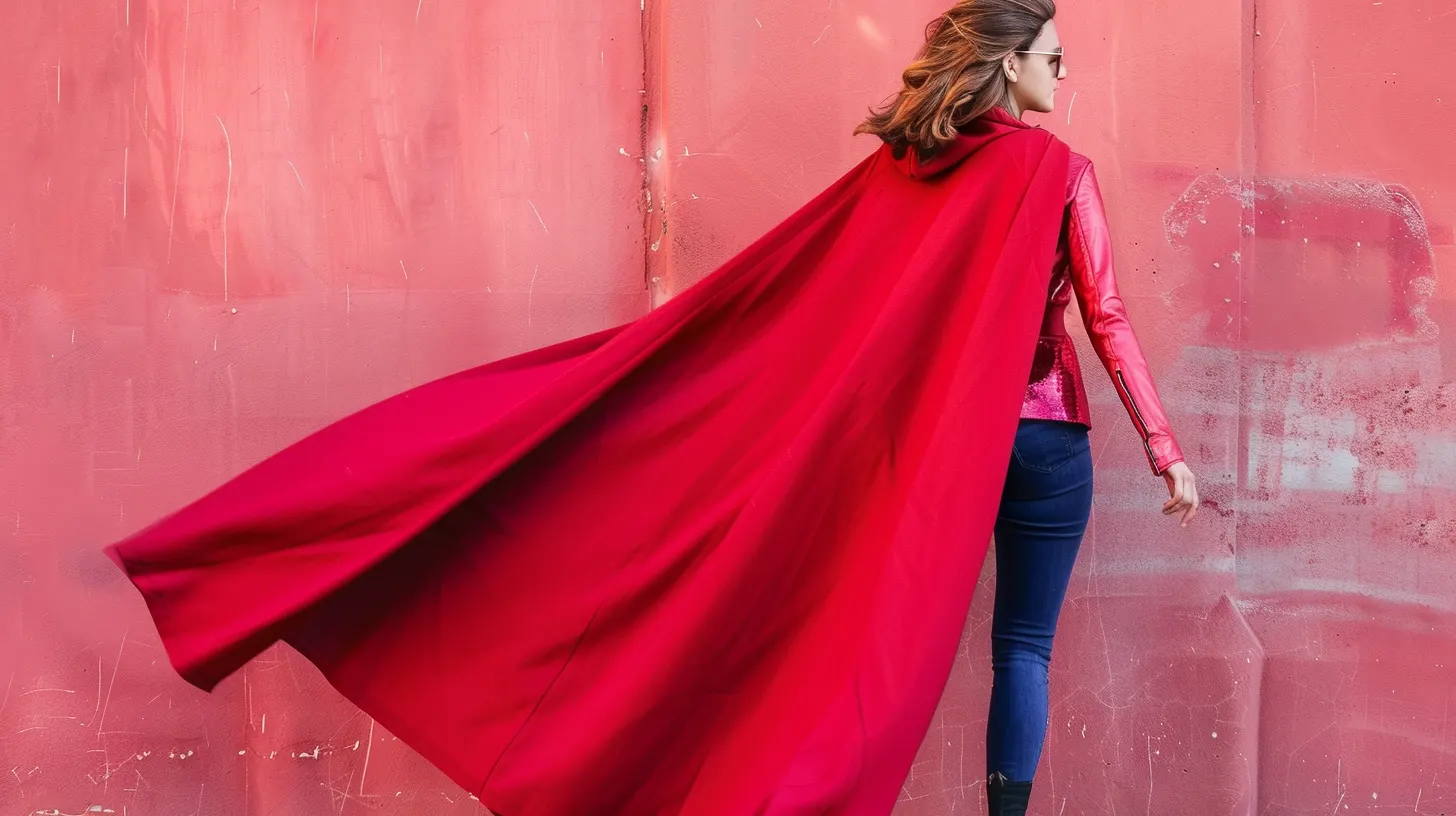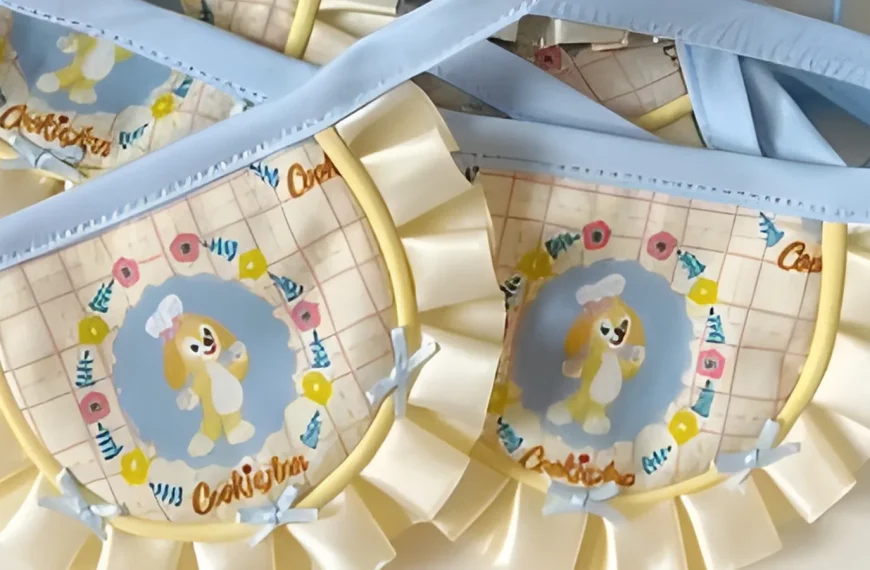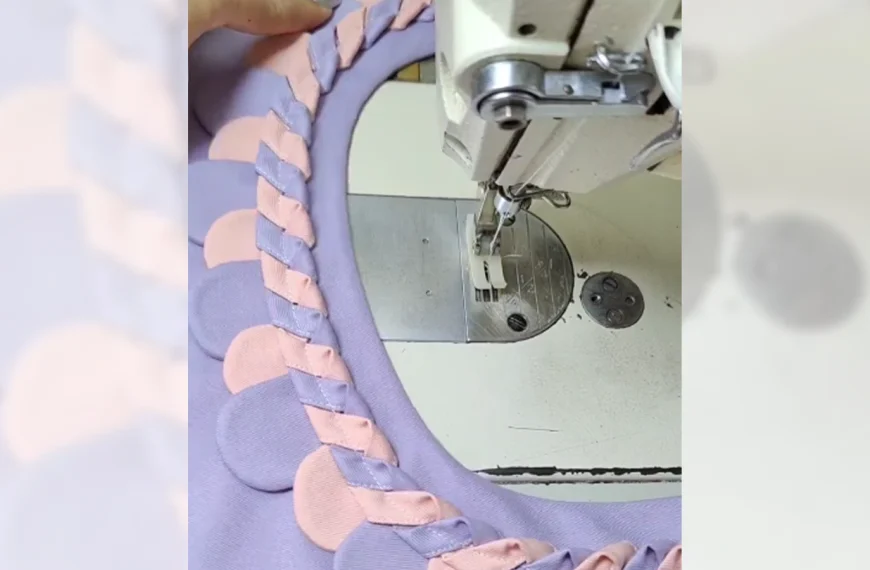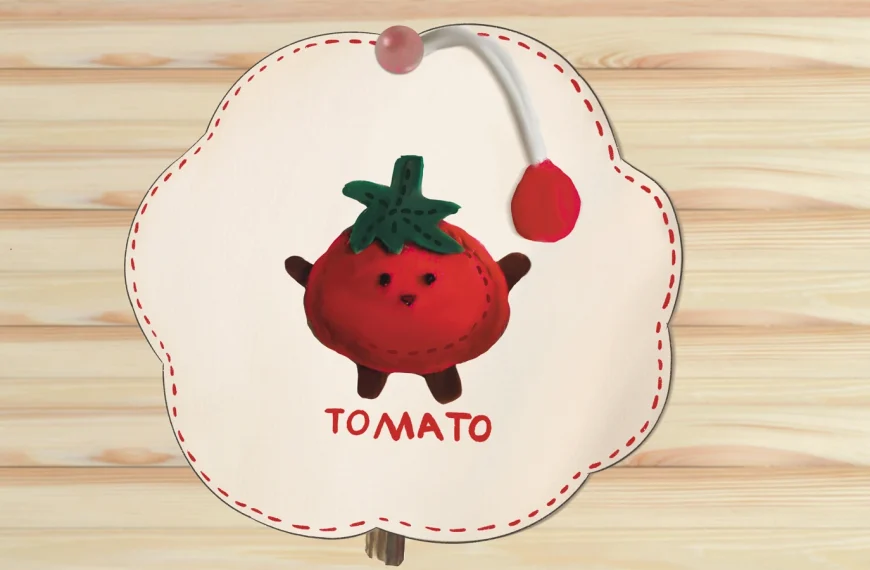When it comes to covering a lampshade in fabric, the process may seem daunting at first, but with the proper guidance, it’s surprisingly straightforward. From selecting the perfect fabric to mastering the art of attaching it seamlessly, each step plays a crucial role in achieving a polished look.
So, why not elevate your space with a touch of personal style and creativity? Let’s begin this transformative journey into the world of DIY lampshade decor.
Key Takeaways
- Choose cotton or linen fabric for shape and durability.
- Measure accurately for a perfect fit with a slight overlap.
- Use fabric glue, spray adhesive, or hot glue for secure attachment.
- Smooth out wrinkles and trim excess fabric neatly.
- Maintain by dusting regularly and spot-cleaning stains.
Gather the Necessary Materials
Gather all of the materials necessary to cover lampshades in fabric. Consider using fun fabrics like cotton or linen to add a unique touch. Make sure you have all the tools for this project.
List of All Materials Required
To cover a lamp shade with fabric, you will need the following materials:
- Fabric: Enough to cover the entire lampshade. Consider adding a bit more allowance.
- Lampshade: The existing lampshade you wish to cover.
- Scissors: For cutting fabric and trim.
- Adhesive: Fabric glue or a hot glue gun to secure the fabric to the shade.
- Measuring Tape: To measure both your lampshade and fabric to ensure you cut the right amount.
- Pencil or Chalk: For marking measurements on your fabric.
- Brush or Sponge: To apply adhesive smoothly if you’re using fabric glue.
- Trim (optional): To finish the edges or add decorative details.
- Iron: To smooth out any wrinkles in the fabric before application.
Suggestions for Choosing the Right Fabric
When selecting the suitable fabric to cover a lampshade, opt for cotton, linen, or light upholstery fabrics to achieve a clean and smooth finish. These fabrics work well with the lampshade’s structure and provide a professional look.
To ensure a wrinkle-free result, it’s essential to pre-wash and iron the fabric before starting. Choosing a fabric with a tight weave and medium weight will help it adhere smoothly to the lampshade.
Additionally, consider selecting a fabric that complements the room’s decor for a cohesive look.
7 Steps on How to Cover a Lampshade with Fabric
After gathering all the materials, let’s move on to applying the fabric to the lampshade without sewing. Pay close attention to these seven steps to achieve a beautifully decorated lampshade.
Step 1: Prepare the Lampshade
Before covering the lampshade in fabric, first ensure that any existing fabric or trim has been removed. Then, thoroughly clean the lampshade to ensure proper adhesion to the new fabric.
Consider using a base fabric or lining to create a smooth surface to which the cover fabric can easily adhere.
This preparation step is crucial for a successful and polished outcome when covering your lampshade in a new fabric.
Step 2: Measure the Lampshade
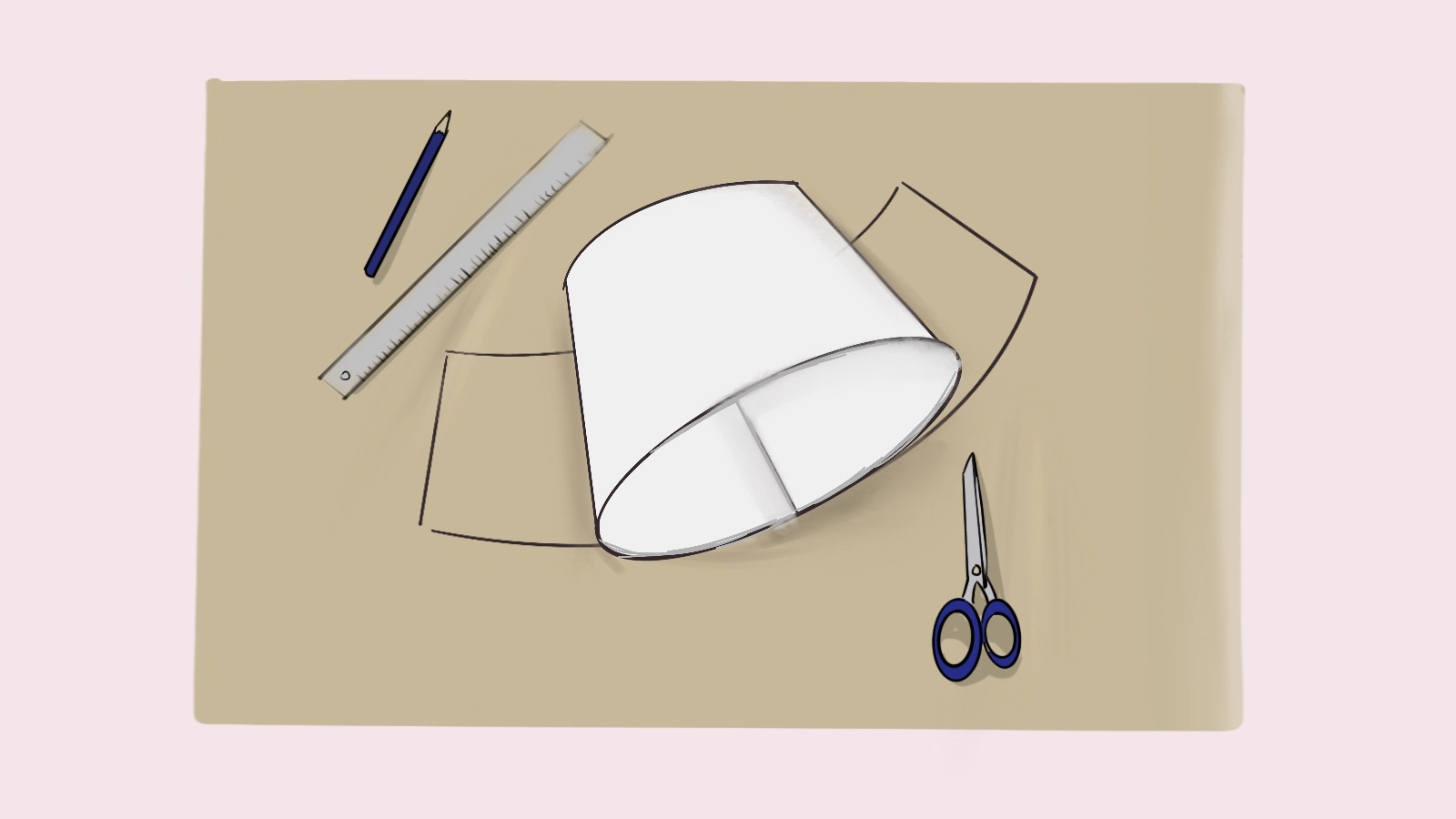 Ensure you accurately measure the circumference of the lampshade at the top and bottom to determine the required amount of fabric. Use a flexible measuring tape to get precise measurements.
Ensure you accurately measure the circumference of the lampshade at the top and bottom to determine the required amount of fabric. Use a flexible measuring tape to get precise measurements.
Remember to account for any seam allowance and add a few extra inches to accommodate any irregularities in the lampshade’s shape. These additional inches will also help cover the edges neatly.
If you’re unsure about the measurements, create a template from paper or old fabric to ensure a perfect fit before cutting into the fabric to cover the lampshade.
Step 3: Cut the Fabric
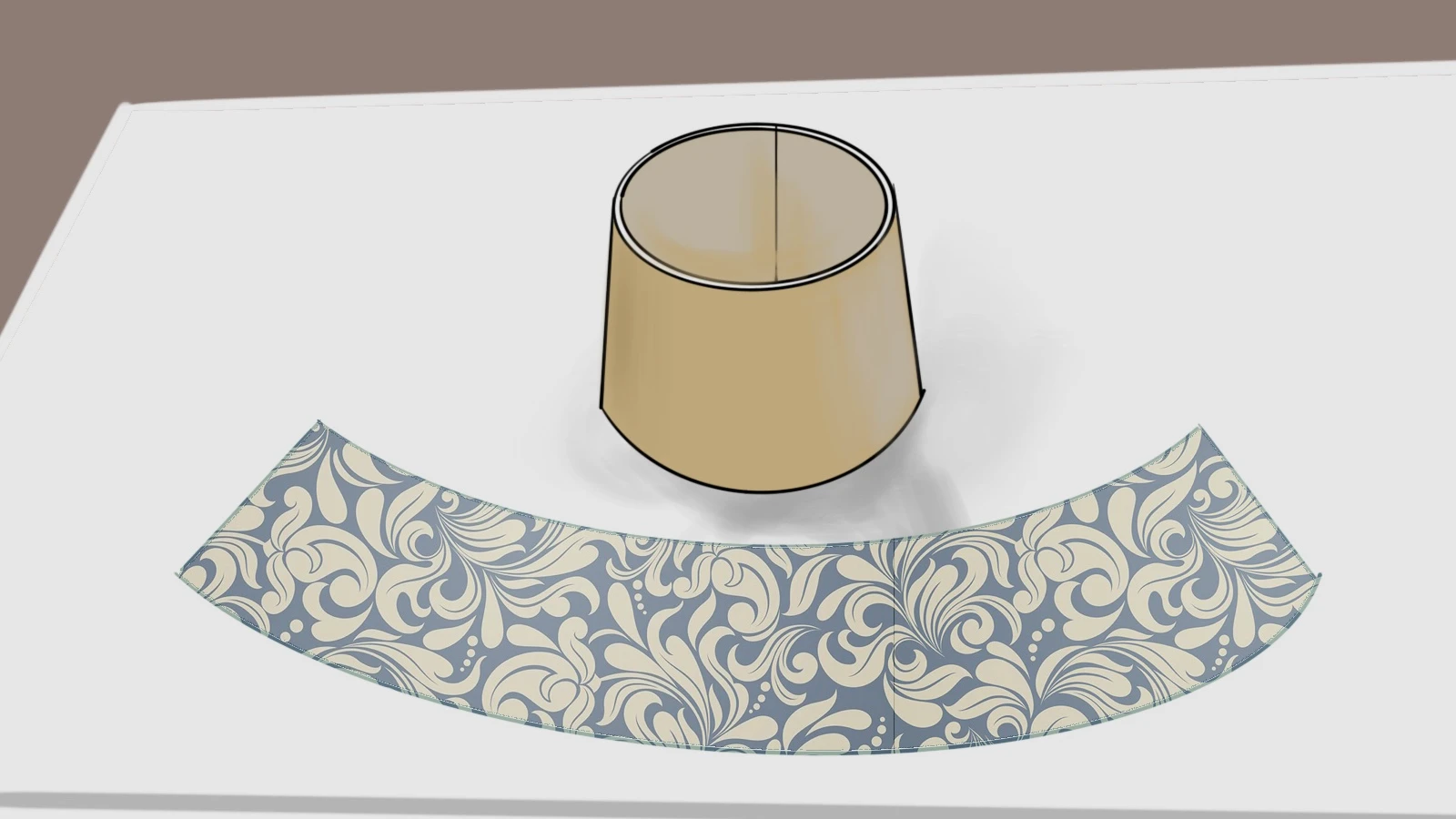 You can use a marking tool to trace the fabric’s bottom and top edges of the lampshade. Connect these traced points with a straight line to create a cutting guide for the fabric. When cutting the fabric, trim along the lines, leaving extra space outside for a proper fit.
You can use a marking tool to trace the fabric’s bottom and top edges of the lampshade. Connect these traced points with a straight line to create a cutting guide for the fabric. When cutting the fabric, trim along the lines, leaving extra space outside for a proper fit.
Step 4: Test Fit the Fabric
To ensure a proper fit, test the fabric by wrapping it around the lampshade and adjusting it as necessary before gluing. Make sure the fabric covers the lampshade with a slight overlap for a seamless look.
For a professional finish, align and center the fabric pattern on the lampshade. Smooth any wrinkles or creases in the fabric to create a smooth surface. Adjust the fabric as needed to eliminate any misalignments or excess material.
Step 5: Apply Glue
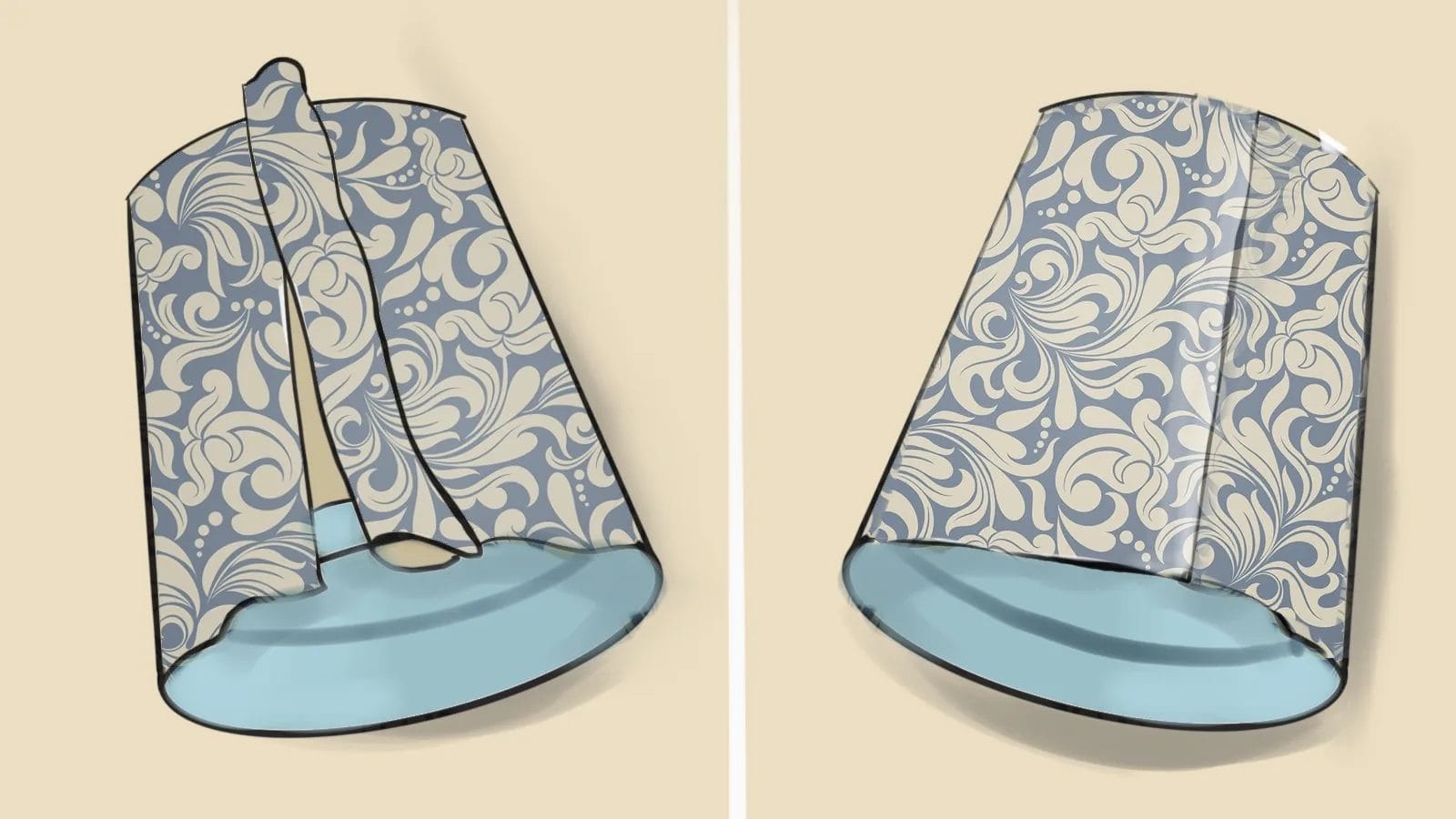 After testing the fabric for a proper fit, the next step is to apply glue. Start by applying a thin layer of glue to one of the lampshade’s vertical seams. Carefully place the edge of the fabric on the glue, ensuring it’s straight and smooth. Slowly roll the lampshade, applying glue progressively, and pressing the fabric onto it until you reach the other end.
After testing the fabric for a proper fit, the next step is to apply glue. Start by applying a thin layer of glue to one of the lampshade’s vertical seams. Carefully place the edge of the fabric on the glue, ensuring it’s straight and smooth. Slowly roll the lampshade, applying glue progressively, and pressing the fabric onto it until you reach the other end.
Once you apply the glue, gently press down to ensure a secure bond. When covering a lampshade with fabric, this step is crucial, so take your time and ensure a firmly attached fabric.
Step 6: Secure the Edges
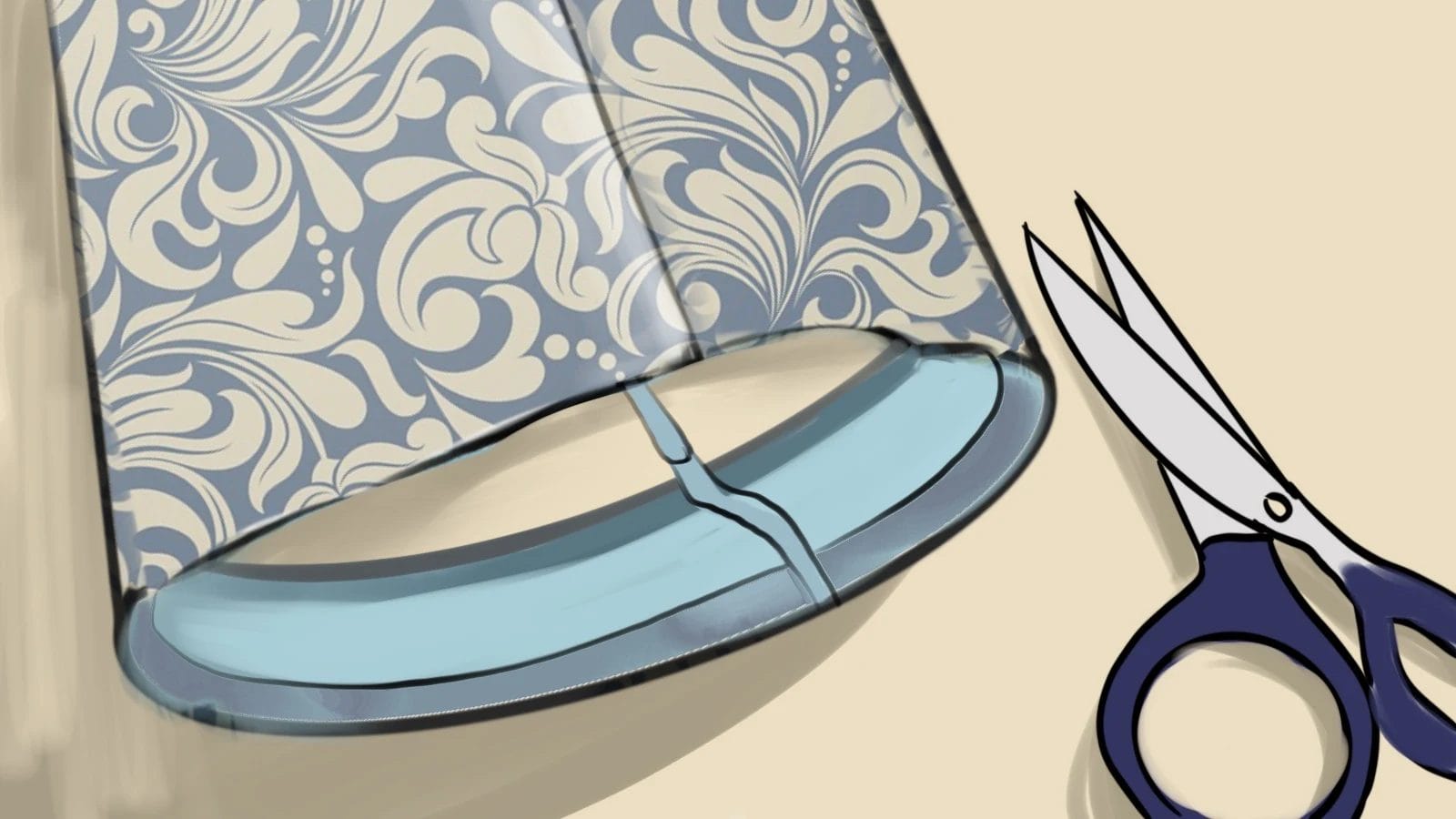 Apply extra glue under the fabric edges where they meet. This ensures that the overlap is neat and secure.
Apply extra glue under the fabric edges where they meet. This ensures that the overlap is neat and secure.
For the top and bottom edges, fold them inside the lampshade and glue them down neatly. This might require cutting slits in the fabric to accommodate the curvature.
Step 7: Finishing Touches
Allow the glue to dry completely, according to the instructions on the glue package. Once dry, attach any additional decorations along the edges, such as trim or ribbon, if desired.
Maintenance Tips for a Fabric-Covered Lampshade
Follow these cleaning and maintenance tips to keep your fabric-covered lampshade fresh for a long time.
Regularly dust your fabric-covered lampshade with a soft brush or vacuum attachment to prevent dirt buildup and maintain its appearance over time.
Spot-clean any stains on the fabric using a mild detergent or upholstery cleaner and a damp cloth. Avoid harsh chemicals or abrasive cleaners to preserve the fabric’s color and texture.
Rotate the lampshade occasionally to avoid uneven fading or wear. For easier maintenance, consider applying a fabric protection spray to help repel dust and stains.
Conclusion
In conclusion, covering a lamp in fabric is a simple and stylish DIY project to update your decor. Following the tutorial in this article, you can quickly transform your lampshade into a fabric of your choice.
Remember to dust your fabric-covered lampshade on a regular basis and spot-clean it as needed. With proper maintenance, your lampshade will stay fresh and stylish for years!
Learn more about sewing projects at Longan Craft Blog, and dive into the fabric world with Longancraft!


